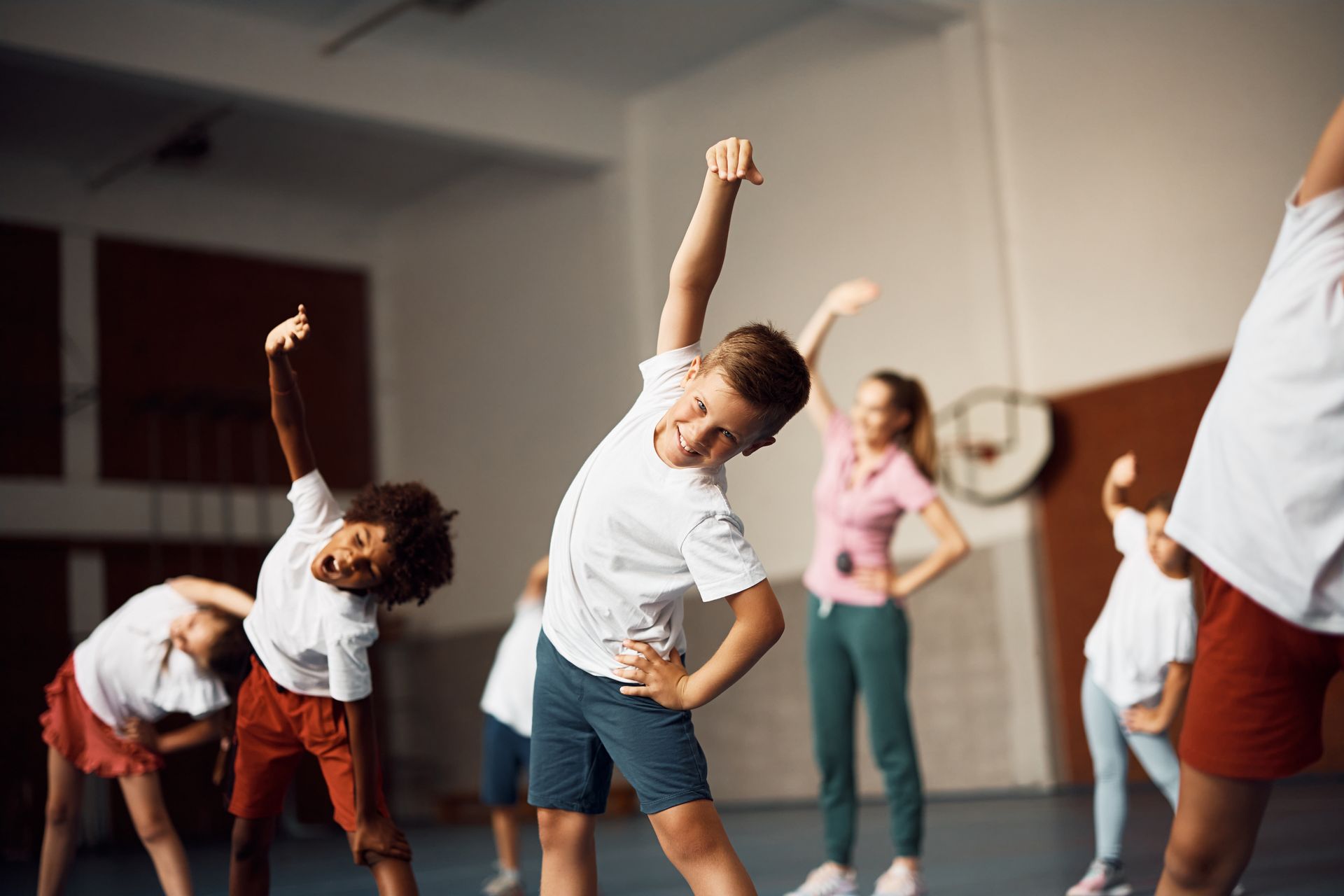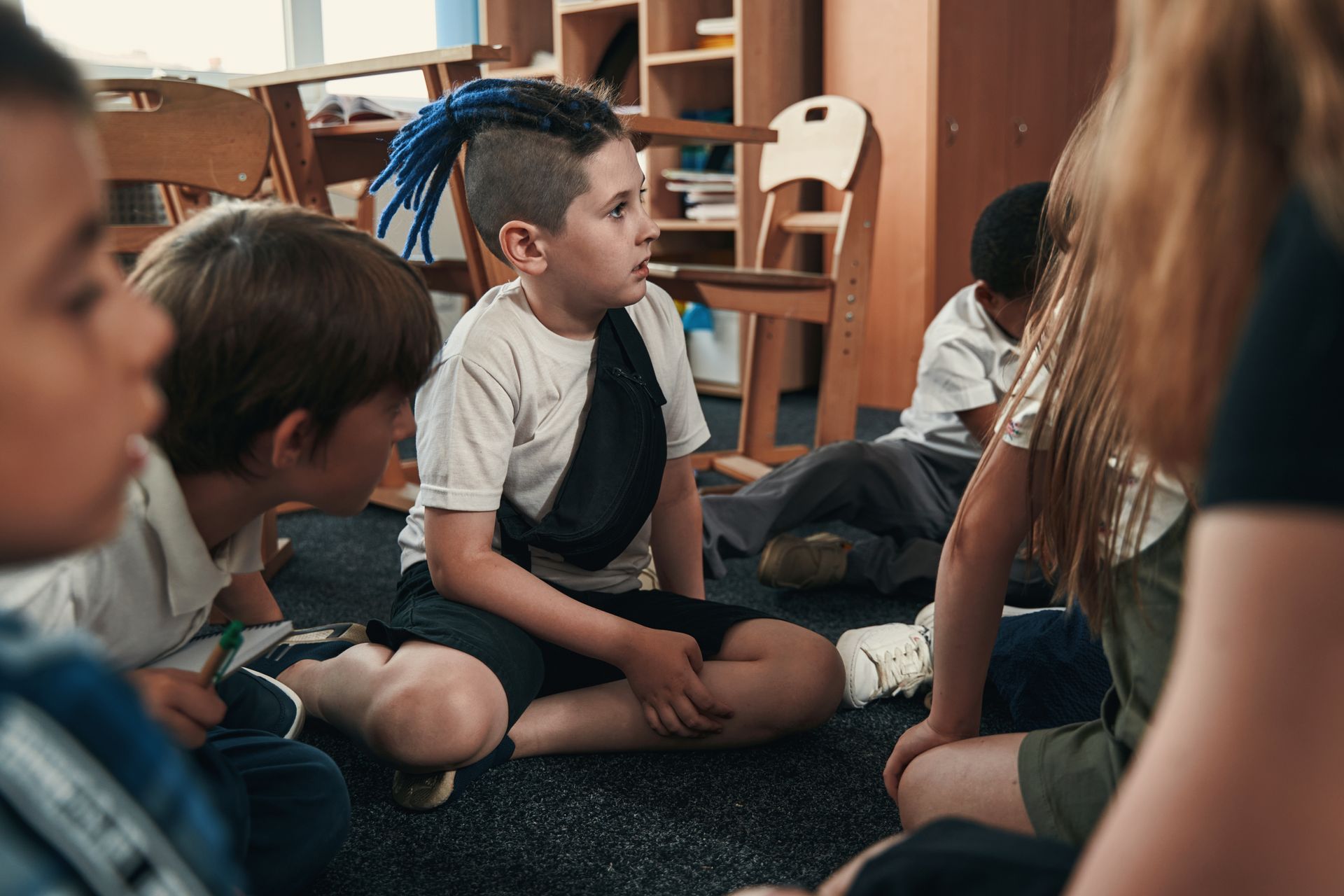CV MONTHLY REVIEW - OCTOBER
I have been attending school board meetings for about three years. I have yet to figure out how parents or taxpayers truly engage their elected board members for meaningful conversation regarding concerns that they would then bring to the full board for review/consideration. I was recently at a committee meeting where there was conversation that individuals should not believe that coming to a board meeting and standing at the podium to voice a concern would accomplish any consideration or change. It was stated “we are a republic, not a democracy, and so people need to talk to their elected representatives if they have concerns.” I was so happy to finally hear this as I believe a republic is the best form of government and to have the board recognize this seem to be a helpful step to move forward. However, when I reached out to my three representatives, I was told that the board was planning on holding a Townhall in October and my concerns could be addressed at that time. I stated that I did not want to address the whole board as I do in board meetings but meet for conversation with my representatives for real dialogue. I was told if my questions were not addressed at the Townhall, I could reach out again. The Cumberland Valley School Board did host a Townhall 10/12/22 and I could not attend in person. I did send the following questions in to better understand the process and also followed up with a request for in person meeting. I realize our school board positions are volunteer and they also work and have families, but there seems to be a disconnect on what “representation” and “collaboration with stakeholders” really means regarding our tax funded public school systems. It is something I feel needs addressed and know there is a solution if all parties are willing. I was told that an in person meeting probably won’t happen because life is full but we can always call them on the phone. While individual phone calls might be more convenient, I feel it’s always helpful to have several ears on a conversation for clarification of both parties or a email to reference. And so I will continue with emails and hope that we can figure out a better way in the near future.
Here are the questions with responses that I asked to be answered at the Town Hall:
1) Are elected school board members able to have individual conversations with their constituents? If yes, are there parameters they need to follow and if no, why not? Who decides the protocol or rules for this? Yes, however, most school Board members prefer to not discuss school Board issues one on one. Board members have no official role individually. When members meet individually with constituents, some constituents believe that a conversation is a representation of the Board, and it is not. An individual conversation is just that, an individual conversation that is not representative of the Board as a whole. Most Board Members tend to avoid one on one conversations about School Board business that may get misconstrued or taken as a Board position, when they are only one of nine voices on the Board.
2) Are parents and taxpayers both considered equal shareholders to the district? Yes, however the roles are different. Individual policies may outline a process that a parent has, that a taxpayer does not. Also, under both the federal and state law, taxpayers do not have the same rights as parents. This is because schools operate under a legal designation of “in loco parentis”, which literally means in place of the parent while students are in school. While this creates the expectation that school employees are making decisions that are in the best interest of children in their care, it also provides individual parents with different rights than taxpayers with regard to their relationship with the school.
3) If a parent or taxpayer has an issue that they believe should be addressed by the board, how do they go about getting it addressed by their elected representatives in an authentic manner with appropriate dialogue? (Not just sending an email with a response …email received) Any individual taxpayer or parent may submit a Meeting Agenda Request for consideration as stated in Policy 903. The Board has the ability to choose to address that concern through their authority (creating a policy or through funding a program), but the Board may also choose to delegate addressing a concern to the administration. It is important to also realize that just because a specific request did not result in a change in the district, it doesn’t mean it wasn’t reviewed. The Board and administration must balance the wishes of all of the constituents, not just individuals.
4) What does each board member consider the most important duty as a board member? That will vary by Board member. The three main duties of a Board member are to hire and evaluate the Superintendent, Approve the budget, and manage Policy. School boards are most effective when we govern at a strategic level and not an operational level.
We need to decide as a community what level of input parents and taxpayers believe to be acceptable to have with their local education institutions and their elected school board members. More discussion is always helpful and the more the community is involved, the better!


